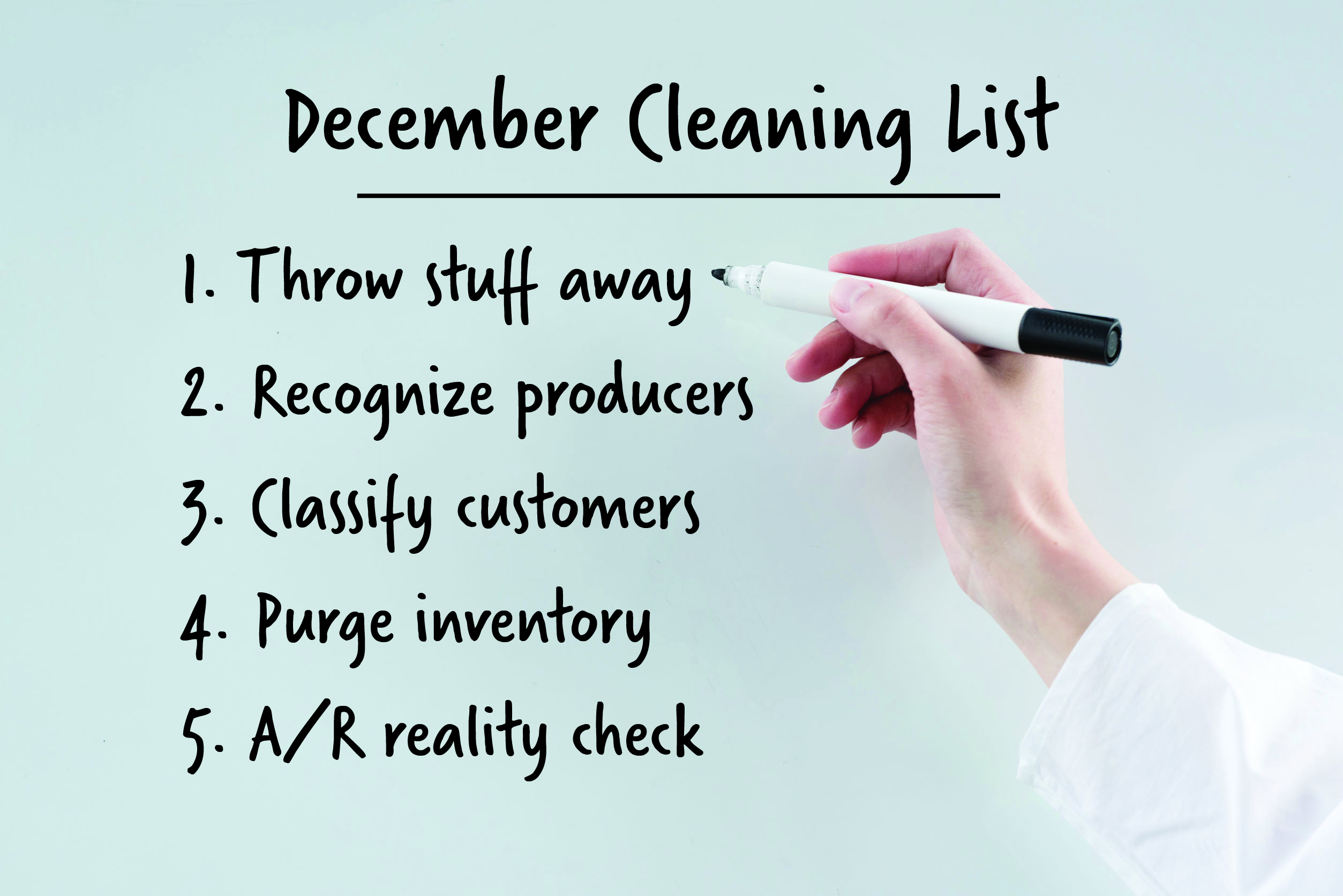 “There is a time for everything, and a season for every purpose under heaven.”
“There is a time for everything, and a season for every purpose under heaven.”
On its face, this well-known King Solomon wisdom from the 3rd chapter of Ecclesiastes delivers hopeful encouragement. But implicit in this passage is a somewhat hidden, and often troublesome, paradox: A time for everything also implies nothing can be forever, and therefore, change is inevitable.
In the abstract, we accept the reality of change, but in practice, we regard it as the medicine we know we need but don’t want to take. And knowing change is inevitable doesn’t make the pill any sweeter.
In the marketplace, it was challenging enough to implement a change when we had the expectation of not having to do it again anytime soon. But in the post-pandemic 21st century, the bitter pill of change has acquired an unfortunate new characteristic: a frighteningly short duration.
Organizations that enjoy consistent success will make change an abiding element in their business model, rather than an intrusion into “the way we’ve always done things.” They’ll create a culture and environment where change occurs when necessary, without creating a casualty list.
Rick Maurer, my friend and author of Beyond the Wall of Resistance, surveyed organizations that have implemented change. He identified four things they did to create a culture compatible with change. Here are those findings, followed by my thoughts. [Continue Reading]

 Stone Age humans had about 2.5 million years to prepare for the Bronze Age, followed by 2,000 years to transition to the Iron Age, which lasted about 800 years. Meanwhile, modern humans, barely in the third decade of the 21st century, are dealing with the 50-something Digital Age transmogrifying into the Information Age at the speed of light, literally in front of our eyes.
Stone Age humans had about 2.5 million years to prepare for the Bronze Age, followed by 2,000 years to transition to the Iron Age, which lasted about 800 years. Meanwhile, modern humans, barely in the third decade of the 21st century, are dealing with the 50-something Digital Age transmogrifying into the Information Age at the speed of light, literally in front of our eyes. The hardest job in the marketplace is the Chief Executive Officer of a small business.
The hardest job in the marketplace is the Chief Executive Officer of a small business. It’s that time of year when we’re reminded of the life of one of the most famous people in the history of modern civilization. What follows is a little history and a lot of inspiration.
It’s that time of year when we’re reminded of the life of one of the most famous people in the history of modern civilization. What follows is a little history and a lot of inspiration. Whether it’s a year where something we once knew as “normal” was part of our reality, or during an unprecedented and unimaginable year of a global pandemic, the abiding management question for all small business owners is always valid: “What’s the best use of my time right now?” And at no other time of the year are we more time-management challenged than in December.
Whether it’s a year where something we once knew as “normal” was part of our reality, or during an unprecedented and unimaginable year of a global pandemic, the abiding management question for all small business owners is always valid: “What’s the best use of my time right now?” And at no other time of the year are we more time-management challenged than in December.